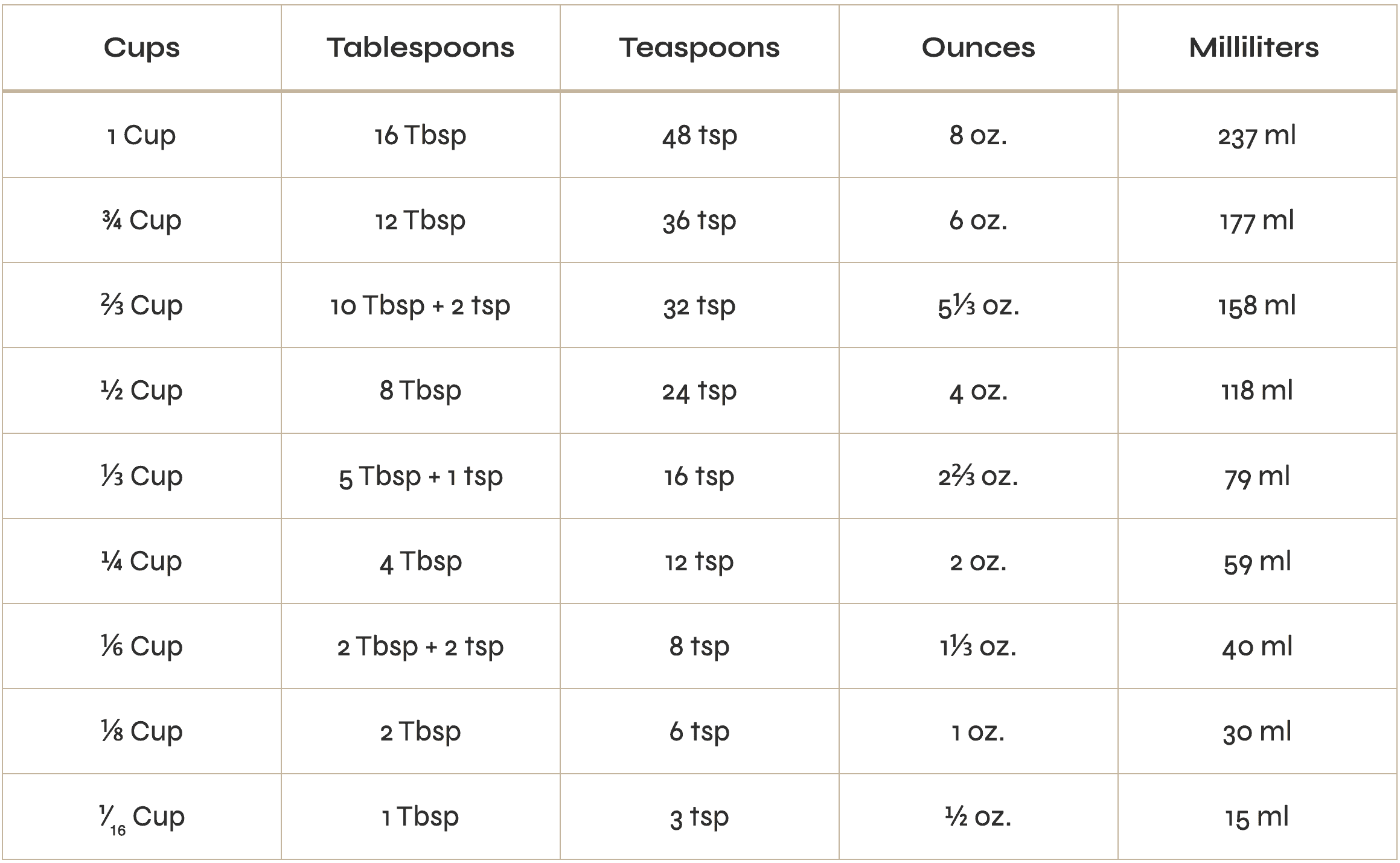Common Baking FAQ’s
When we lived in the mountains, we were at 4000 feet. We found we needed to increase the liquid and lower (not raise) the oven temperature by 25℉. When making candy, we found that we needed to lower the final temperature by 1F for every 1000 feet of altitude.
These recipes were developed and tested using the ingredients and amounts listed. I wouldn’t recommend making any substitutions unless stated in the recipe card/post.
It depends on the recipe. If it’s not something that is sugar dependent (like meringues or marshmallows), you can generally reduce the sugar up to 20%. Keep in mind, doing this will alter the texture and flavor of your bake.
If the pan you want to use holds the same volume as the one called for, then yes you can.
If your cookies didn’t spread, you either didn’t use enough sugar, you used too many eggs or too much flour (if you’re not using a scale, the scoop and sweep method is easiest), or your oven is too hot (an oven thermometer is always a great thing to have on hand).
If your cupcakes are dense or dry, you may have over or under beaten the batter, added too many egg whites (or over beaten them), added too much flour, used too much fat, or over baked them.
If you don’t have buttermilk, you can substitute, 1 cup milk + 1 Tablespoon vinegar or lemon juice. Mix well, and let stand at least 5 minutes before using.
To check if baking powder is still fresh, spoon a little into a small bowl and add water. If it bubbles, it’s good. With baking soda, spoon a little into a small bowl and add a splash of vinegar. If it bubbles, it’s good.
If the instructions don’t specifically say convection, you need to lower the oven temperature by 25F and reduce the cooking time by 10%.
The biggest difference between flours is the percentage of protein in each one. Most cake flour has a protein percentage of 7%-8%. Most pastry flour has a protein content of 9%-10%. Most all purpose flour has a protein content of 10%-12%. Most bread flour has a protein content of 12%-13%. Most high gluten flours have a protein content above 14%. The amount of protein in each determines how it is best used to achieve the desired results. You wouldn’t use cake flour to make pizza dough or high gluten flour to make a cake. Your pizza dough would fall to pieces and your cake would be hard and chewy.
If your cake caves in the middle, it was either underbaked, baked at too high a temperature (oven thermometers are a wonderful thing), or you used too much leavening.
It depends on the recipe. If it calls for greasing the parchment paper, then you can just spray the pan. If it doesn’t, I wouldn’t recommend it. It can affect the quality of your bakes.
Regular, or natural process cocoa powder, has had no chemical treatments. Dutch process cocoa powder has been dutched, or processed with alkali. It is smoother tasting than natural cocoa powder because it’s no longer acidic.
Measuring Conversions


